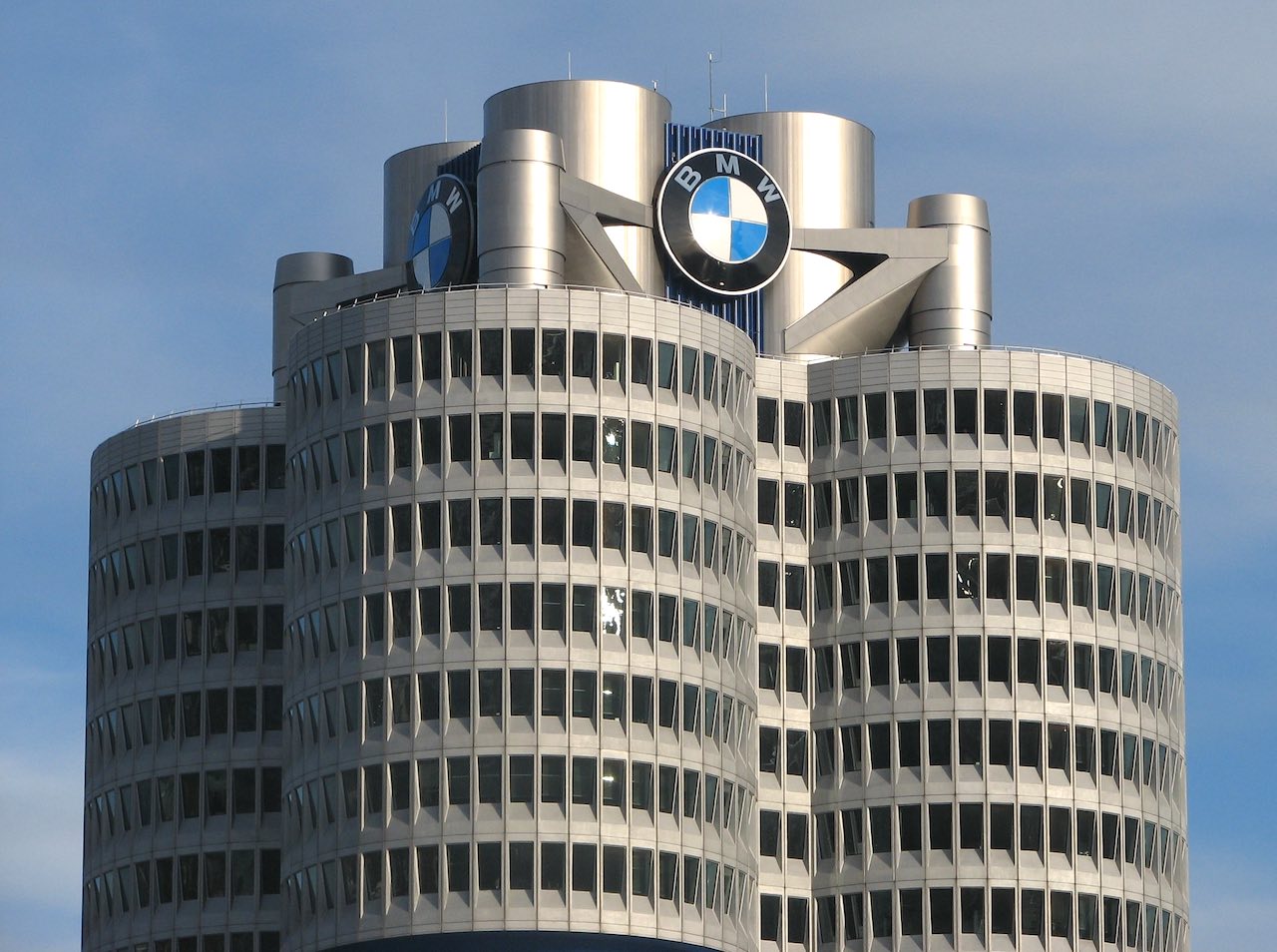
BMW’s organizational structure represents business operations primarily in the automotive industry, although the company’s hierarchy and structural divisions also address the management of financial services and motorcycle manufacturing. The main support of this company structure is for automotive manufacturing, distribution, and sales. Nonetheless, as BMW’s mission and vision emphasize mobility and transportation products, the corporate structure ensures the strategic growth and development of all segments of the business. The company’s organizational design and structural characteristics influence business growth in the automotive industry. BMW’s organizational structure provides a backbone for implementing business growth strategies.
BMW (Bayerische Motoren Werke/Bavarian Motor Works) implements its competitive strategies with its organizational structure’s support for resources and processes. This business structure enables competence against competitors, including automakers, like Toyota, Tesla, Ford, and General Motors, as well as motorcycle manufacturers, like Harley-Davidson. This competition involves innovative technologies and marketing campaigns, as demonstrated in the Five Forces analysis of BMW. The company’s corporate structure helps keep the integrity of the automotive business organization despite competitive pressure.
Characteristics of BMW’s Structure
BMW’s organizational structure is designed to enable multinational business growth in automotive and motorcycle markets. The company’s structural characteristics support strategic management that buttresses business development in these vehicle markets. The characteristics of BMW’s structure are:
- Departments for corporate functions
- Product segments
- Regional divisions
Departments for corporate functions indicate the global centralization of BMW’s organizational structure and its hierarchy. This structural characteristic allows managerial control that encompasses international operations in automotive and motorcycle markets. In this company structure, the corporate headquarters and their officers are responsible for directing BMW’s generic competitive strategy and intensive growth strategies for multinational operations.
Also, human resource development approaches are designed based on communication channels, lines of authority and command, and business processes inherent in this automotive business structure. For example, the department for labor relations implements strategies and programs for BMW’s organizational culture (work culture) through leaders, groups, and teams in the corporate structure. The structural design ensures that the company’s culture is developed throughout the business and its human resources.
BMW’s corporate departments ensure this company structure’s support for cohesiveness in all operations. The following are the departments for corporate functions in BMW’s structure:
- Office of the Chairman
- Customer, Brands & Sales
- People, Real Estate & Labor Relations
- Finance
- Production
- Purchasing & Supplier Network
- Development
Product segments in BMW’s structure are based on the types of products that the company offers to its target markets. The business is known for its automobiles, but also manufactures motorcycles and provides financial services. The persistence and profitable operations of these segments depend on the effective use of business strengths, such as the company’s brands and other competitive advantages mentioned in the SWOT analysis of BMW. The following are the product segments in BMW’s organizational structure:
- Automotive
- Motorcycles
- Financial Services
Regional divisions in BMW’s company structure account for market differences. For example, the European and Asian markets differ in terms of customer preferences and expectations regarding cars and other vehicles.
The geographic divisions of this corporate structure support BMW’s marketing mix (4P) involving strategies and tactics based on the characteristics of regional markets. Strategies for distribution and sales in regional and local automobile markets are fine-tuned through the regional divisions of this organizational structure.
BMW’s regional divisions reflect this organizational structure’s support for business flexibility in managing market differences. The following are the regional divisions in BMW’s business structure:
- Americas
- Asia
- Europe
- Other regions
BMW’s Organizational Structure & Business Strategy
BMW’s structure continues improving to support and enable business strategies. The regional divisions in this organizational structure relate to the strategic factors influencing vehicle markets. For example, the performance of these divisions depends on how the industry trends examined in the PESTEL/PESTLE analysis of BMW influence market demand for different types of cars and motorcycles.
Moreover, management decisions depend on the characteristics of the automotive and motorcycle business structure. For example, this company structure affects the goals and targets in BMW’s operations management, such as in productivity management, product design, quality management, job design, and layout design.
References
- Băbeanu, S. A. (2024). Future Challenges of Implementing Innovative Business Model in the Automotive Industry. In Proceedings of the International Conference on Business Excellence (Vol. 18, No. 1, pp. 518-532).
- BMW Group Brands & Business Segments.
- BMW Group Leadership & Governance.
- BMW Group Report.
- Lechner, P. (2024). BMW: Process Intelligence for Everybody – Organizational Setup and Scaling. In Process Intelligence in Action: Taking Process Mining to the Next Level (pp. 87-97). Cham: Springer Nature Switzerland.
- Lekkerkerk, L. J. (2024). The Model Innovation and Organizational Structure: A Zoom Lens on Organizational Structure. In European Perspectives on Innovation Management (pp. 13-44). Cham: Springer International Publishing.